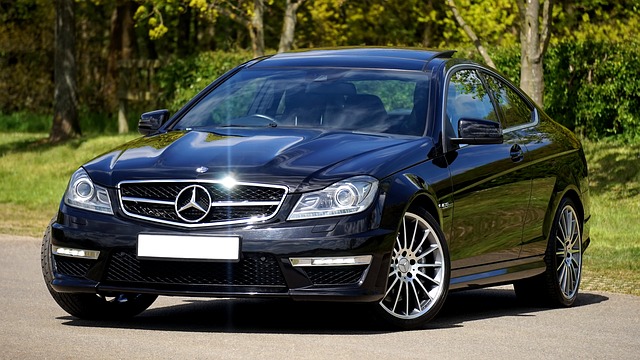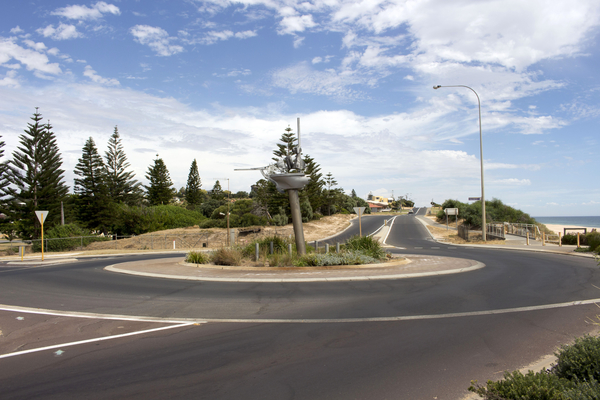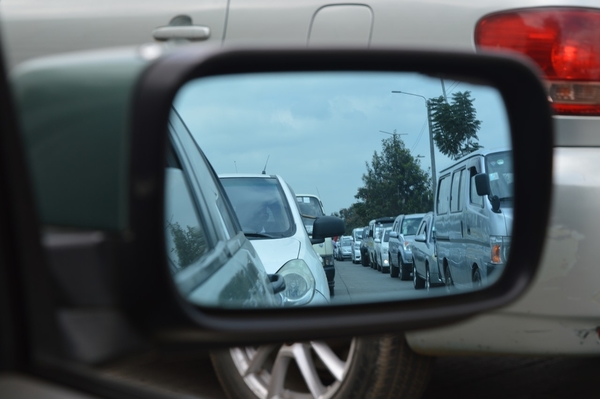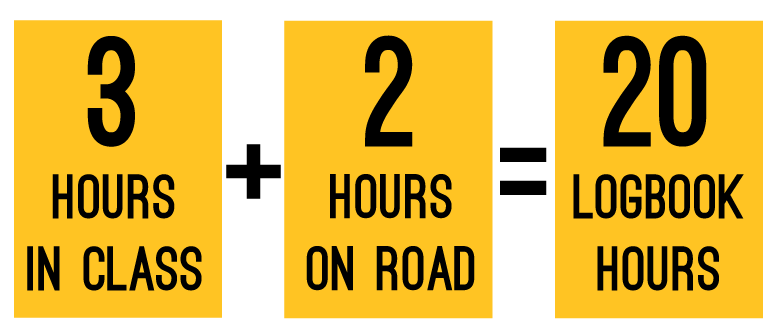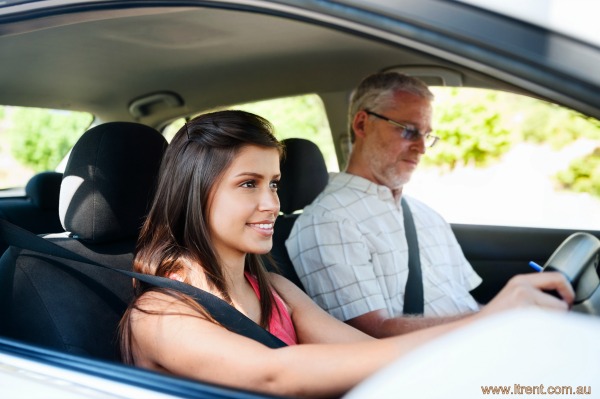Know the Enemy
After years of experience, drivers develop the habit of identifying types of drivers that could and do cause problems. In their presence we exercise special care.
The usual way a new driver learns to recognise these types is by unpleasant or scare experiences. The following list attempts to identify and name the major types of potentially dangerous drivers and to give a course of action to follow when in their presence.
The list not only gives new drivers information about the potential enemy, but also serves as a reminder of what not to be.
CHARGER: A vehicle approaching fast from the rear. Their speed makes them a danger when in proximity to another vehicle.
- Keep left to maintain the safety cushion. Don’t become transfixed by the mirror. Keep seeing the whole scene
CHOKER: A road hog, a traffic obstructer, usually slow in the right lane. Drives in the centre of the road. Can block the left lane when driving beside a larger or slower vehicle.
- Patience is required; this driver is unaware of traffic behind or beside. Overtake with caution
DECEIVER: Doesn’t signal, signals too late or leaves signal on. Unaware of own actions.
- Do not cross the path of a vehicle signalling, expecting the turn to be made. The driver may be a deceiver. Do not proceed until the signalling vehicle turns. Deceivers who turn right without signals are numerous.
DITHERER: Slow to make up mind, starts then stops. SOme elderly drivers are ditherers. An unpredictable driver.
- Increase safety cushion, overtake with caution.
DRIFTER: Inability to hold a straight line while driving. Should not have a licence. Particularly dangerous because of a lack of control.
- Increase safety cushion. Overtake only with extreme caution.
GROUPER: Someone who drives in a tightly clustered group of vehicles travelling in one direction. Groupers rely on the reflexes and actions of the other drivers.
- Do not be involved. Increase your safety cushion when near groupers
HONKER: Unnecessarily uses the horn. An impatient driver and one who will take risks.
- Stay aware of their presence, increase safety cushion. Let them overtake.
INVADER: Someone who attempts to drive in your safety cushion area.
- Move your car either left, right, forward or back to maintain the safety cushion.
JUMPER: Leaves the kerb or changes lanes without looking or signalling. Particularly dangerous, hard to spot and a quick mover.
- A good safety cushion at all times is the best defence.
PACER: Drives continuously in close proximity to another vehicle, totally unaware of the safety cushion.
- Increase your safety cushion to make up their deficiency.
PHONEY: A person using a mobile phone while driving; they want you to think that they are safe drivers. They are the most dangerous drivers and are regular killers: totally unpredictable.
- Do not drive beside or particularly in front of these villains; give them a wide berth.
POUNCER: Any person, animal or vehicle that could make an unpredictable move. Children, animals, cyclists, people alighting from cars and drivers who have not made eye contact are all potential pouncers.
- Reduce speed. Influenced decisions procedure will apply.
PUSHER: Drivers very close to the rear of other vehicles. This individual is relying on the person in the front not to brake quickly.
- If followed by a pusher, increase your forward safety cushion to compensate for their deficiency.
ROUNDABOUT BULLY: Approaches roundabouts at some speed as if they always have the right of way.
- They do not have the right of way, but we are not going to tell them. Let them go, then proceed into the roundabout.
STRADDLER: Straddles lane lines or drives to one side of a lane. Particularly dangerous on bends in laned traffic.
- Only pass this person on straight roadway, after a warning signal and with a wide safety cushion.
UNDERTAKER: Passes on the inside in unlaned traffic. Usually impatient and willing to take risks.
- Slow, to allow them out of your safety cushion.
URGER: Forces their way into your territory, mostly in slow traffic situations, at lights, in lanes and so on.
- Allow them to proceed; maintain your safety cushion.

